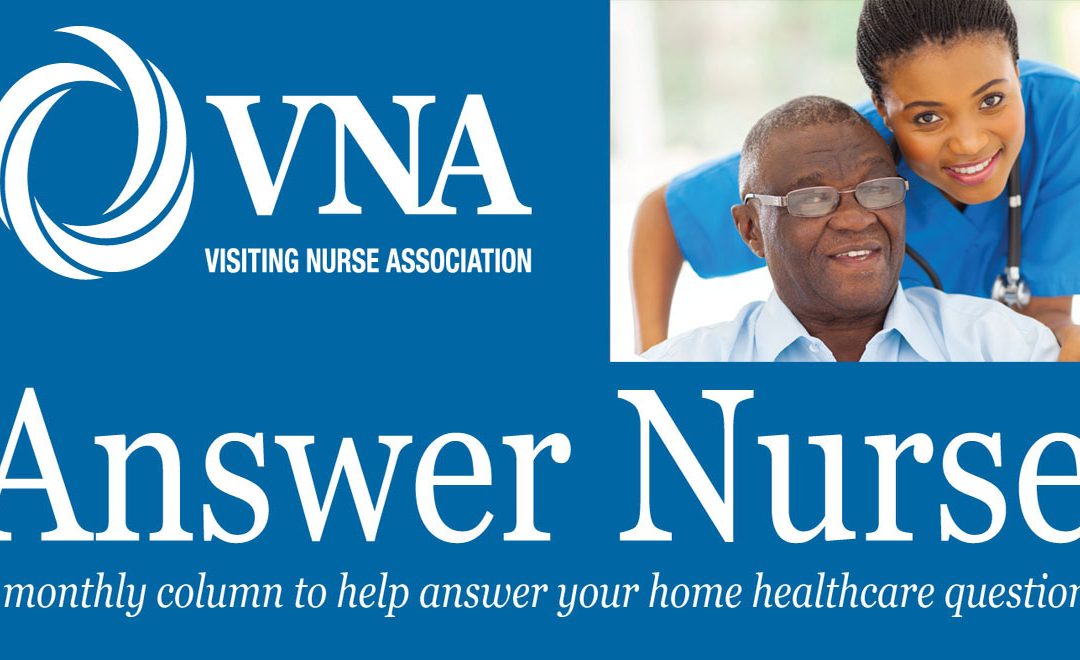October is Breast Cancer Awareness Month
Awareness is Power
October is Breast Cancer Awareness Month, a time to become educated on one of the most common cancer diagnoses in women in the United States. One of the best ways to defeat breast cancer is early detection, so it is important to remain educated on the early warning signs. Below, we answer some of your questions:
Q: A friend of mine got breast cancer and she said that she didn’t have any lumps. Are there any other warnings a woman can watch out for?
A: Signs and symptoms for breast cancer can appear in many different ways. While it’s true that one of the most common symptoms is a lump or thickening in the breast that feels different from the surrounding tissue, there are other signs that indicate you may have breast cancer. These signs may include bloody discharge from the nipple, changes in size or shape of a breast, inverted nipples, peeling or flaking of the nipple, or redness or pitting of the skin over your breast.
If you have seen any changes or found a lump in your breast and are concerned, you should schedule an appointment to talk with your doctor.
Q: Are there any ‘groups’ more at risk for breast cancer than others?
A: There are some factors associated with an increased risk of developing breast cancer, but it is important to remember that having one or more of these factors does not mean you will automatically develop breast cancer. Many people who develop breast cancer do not have any of these risk factors.
The risk factors are:
Being female – Women are more likely to develop breast cancer than men (but men can develop it).
Increased age – The risk increases for those women who are 55 years or older.
Obesity – Obesity increases your risk of developing breast cancer because fat tissues produce estrogen that can help advance certain cancer cells.
Q: My sister was recently diagnosed with breast cancer. Thankfully, she caught it early so the doctor said the prognosis was “good.” But still, are there things I can do that could help minimize the chances of me getting breast cancer?
A: Small changes to your daily life can help decrease some of the risk factors associated with breast cancer. Maintaining or developing healthy habits such as exercising, maintaining a healthy weight, and limiting alcohol are measures you can take to institute a healthy lifestyle.
In addition to changing your daily routine, you can also take a more proactive approach to self-examinations and screenings:
Breast self-examination – Breast self-examinations require you to check your breast to detect any lumps or changes. You should do a self-examination the same day every month in order to remain consistent. Self-examinations are done by lying down on the floor or a bed, taking your three middle fingers and moving them in small coin-sized circles around your breasts. Applying light, medium, and hard pressure throughout the examination will help you check the various tissue levels of your breast.
Mammograms – A mammogram is an x-ray picture of the breast, and it is meant to check for tumors in the breast that might not be detected through self-examination. Ask your doctor what age you should begin getting a mammogram. According to the American Cancer Society, women ages 40 to 44 should have the choice to start annual breast cancer screening with mammograms if they wish to do so. Women ages 45 to 54 should get mammograms every year. Women 55 and older should switch to mammograms every 2 years or can continue yearly screening.
Q: My friend was recently diagnosed with breast cancer, and it was a reality check. Her doctor told her that surgery was her only choice. Is that true?
A: I cannot comment on a specific person, but in general, treatment for breast cancer varies depending on the type of breast cancer, how advance the disease has progressed, and the patient’s health. The various treatment options are:
Surgery – Surgeries vary depending on the severity of the disease. A lumpectomy is when the tumor and surrounding tissue is removed, and a mastectomy is the removal of all the breast tissue. A doctor may also suggest the removal of lymph nodes that surround the breast tissue to prevent from the spreading of tumors and cancerous cells.
Radiation Therapy – Radiation is a type of treatment that uses high-powered beams of energy to kill cancerous cells. Radiation might be used after surgery to decrease the chance of cancer cells spreading.
Chemotherapy – Chemotherapy uses drugs to kill cancer cells. This treatment may be recommended for people who have a stronger chance of reoccurrence with their disease, and it can even be given to women before they have surgery. The side effects of chemotherapy can be severe with hair loss, nausea, vomiting, and fatigue.
Drugs – There are various drug treatments such as trastuzumab, lapatinib, and bevacizumab that are designed to treat specific abnormalities within the cancer cell.
For more information on the warning signs and treatment of breast cancer, please visit www.cancer.gov, www.mayoclinic.com, www.cancer.org, and www.komen.org.
This information is for educational purposes. Please consult your physician for any medical issues. The Visiting Nurse Association (VNA) is committed to bringing trusted and quality home health and private care to Brevard County patients. For more information about VNA services, call 321-752-7550 or visit www.vnatc.com.


Recent Comments